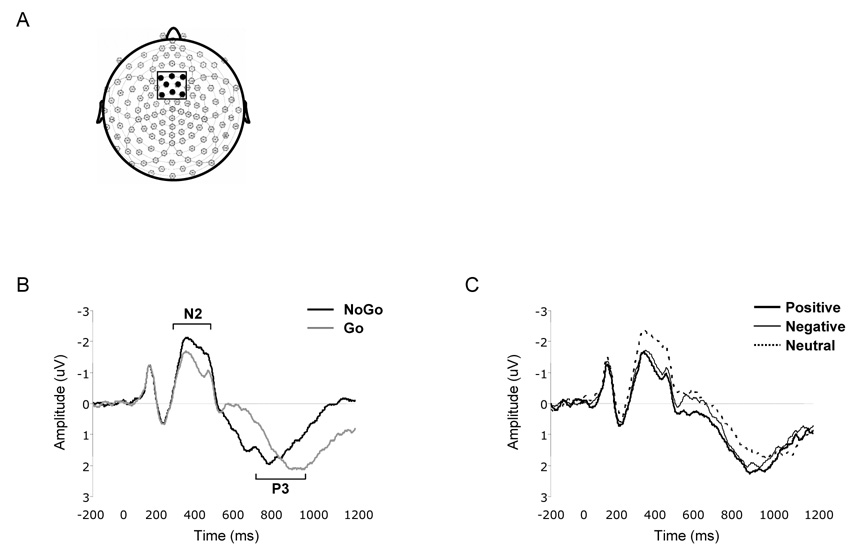Figure 3. Event-related brain potentials differentiate response inhibition and affective salience, respectively.
(A) Schematic depiction of scalp sites used in the ERP analyses. Scalp ERP analyses focused on fronto-central cortical sites commonly shown to yield maximal N2 and P3 amplitudes on response inhibition tasks. These sites are highlighted in black (EGI sites 4, 5, 6, 11, 12, 13, 20, 113).
(B) Both earlier (N2) and later (P3) components of the ERP are modulated by response inhibition in the affective Go/NoGo task. Specifically, greater amplitude in both components is observed to words that engage successful response inhibition, relative to successful responses. Stimulus-locked grand average waveforms averaged across the 8 indicated scalp sites are presented. The dark line represents ERP responses to NoGo stimuli; the light line represents ERP responses to Go stimuli.
(C) ERPs to “Go,” and not “NoGo,” stimuli were modulated by emotional versus neutral words. Specifically, enhanced Go N2 magnitude is observed to neutral relative to both Positive and Negative stimuli whereas greater Go P3 is observed to emotional relative to Neutral stimuli. Stimulus-locked grand average waveforms averaged across the 8 indicated scalp sites are presented. The dark line shows ERP responses to Positive target words, the thin line shows ERP responses to Negative target words, and the dotted line shows ERP responses to Neutral target words.

